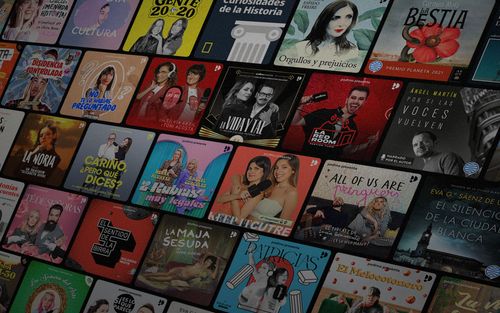Renal Diet Podcast 070 - Different Types of Dialysis
Renal Diet HQ Podcast - Renal Diet HQ - Ein Podcast von Renal Diet HQ Podcast - Renal Diet HQ

Different Types of Dialysis for Kidney Failure Podcast #70 Released on January 23, 2018 Dialysis happens when you get to end-stage renal disease and you're stage 5 and your kidneys are down to 10% or 5% function. Prior to that time while you're still kind of feeling decent but you know that this day is coming. You've talked to your doctor about it, you've reviewed your options. Maybe you're not eligible for a transplant or you just haven't found a donor yet so you decide to do dialysis because you want to continue to have your life and you get a fistula placed which is a spot in one of your veins or you get a tube in your stomach placed depending on which type of dialysis that you're going to do. The dialysis is going to be either peritoneal or hemodialysis. Peritoneal goes into your stomach while hemodialysis is your blood. The hemodialysis is the most common and you'd get a fistula placed and what that is it's kind of a place where they bring your artery in your vein together, they connect it, takes a little while to heal but once it heals then your body is able to use that to put the needles in. It involves needles, it involves filters, it involves machines. So, once then you get to the point where that's healed and the reason why you do that a little bit early is because in dialysis, you don't always choose when it starts so being ready for it is a good thing. Having the dialysis fistula put in or the connector for the peritoneal and then you get ready. The 3 different ways that you can do dialysis. You can do hemodialysis two ways. You can either get it done in the center which means you go to a facility, a nurse hooks you up, you lay there for 3 hours or 4 hours while they clean and filter your blood. You do that three times a week, you have a fairly restrictive diet. You are restricted on your fluids because at this point, your kidneys aren't working at all or very little and so you are not able to get rid of any fluid between dialysis treatments. Therefore, you have to limit what fluid you take in so that's where fluid restrictions happen. You get your restrictive diet because your body holds on to all that potassium and phosphorus and your blood is only cleaned every two days whereas with your kidneys, your blood is being cleaned constantly. You have another option within center dialysis. Sometimes you have the option to have an overnight stay so that would be a gentler dialysis. The three-hour one is pretty fast and it can leave you feeling really tired because you just did two days worth of filtering of your blood in three hours. You can do overnight so they can hook you up and they do it maybe over a period of eight hours. Some places have this, some places don't. You also have with hemodialysis, the option for home dialysis so you can have a machine at your house or a machine that you can take with you. You have to have different chemicals; you get trained over time so a lot of times you'll start with an in center dialysis and then you'll go to in-center and then you'll switch and they'll train you for several weeks and you'll learn how to put in your own needles or have someone help you with the needles, you'll have help at home but you'll basically be able to do dialysis every day so you're cleaning your blood more often. Your diet is a lot less restrictive and you're able to have more freedom because you could go places and not have to worry about finding a center where you're going. So, if you go on vacation, you can take your machine with you. In-home dialysis is the most flexible diet and the easiest to do because you do that for 2 or 3 hours a day, you can do it overnight that type of thing. The 3rd one is called peritoneal dialysis. Peritoneal dialysis is a process where you take in your stomach area.

